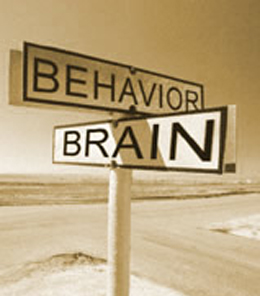Changing Customer Behavior
In a highly instructive HBR article, Harvard Professor Nava Ashraf outlines three particularly effective behavior-changing tools:
1. Commitment devices – contracts or other arrangements that formalize a person’s commitment to achieve an objective.
- I see great potential for commitment devices in social media – encourage people to make “public” commitments to friends in their social networks and enroll their friends to hold them accountable.
2. Material incentives – incentives designed to combat “present bias”, the tendency to overvalue the present and discount the future.
When public health workers offered a small incentive to Indian mothers for taking their children to get vaccinations, they offset the cost (time-consuming trip) with a reward in the moment (a free bag of lentils) that seemed more powerful than one in the future (child not getting sick).
- Marketers of products with little immediate benefit (e.g., beauty creams, data back-up services, insurance) can use incentives like gifts with purchase and added-value services to make the purchase seem more valuable from day one.
3. Defaults – choices that simplify and guide decision-making by making it easier to choose the desired option (the default) vs. the alternative.
Psychologists showed that when organ donation was the default option on drivers’ licenses (requiring people to opt-out if they didn’t want to participate), 82% of people agreed to be donors; but when the default option was not to be a donor, only 42% opted-in.
- A few ways to use defaults immediately come to mind: Make buying product multiples or bundles easier and less expensive than buying single/individual products. Enroll customers in subscriptions or product replacement services. Position a “buy now with one-click” option next to your prices to discourage comparison shopping.
What do you think of these tools? How have you successfully changed customer behavior? Please share in the Comments section below — let’s learn from each other!
